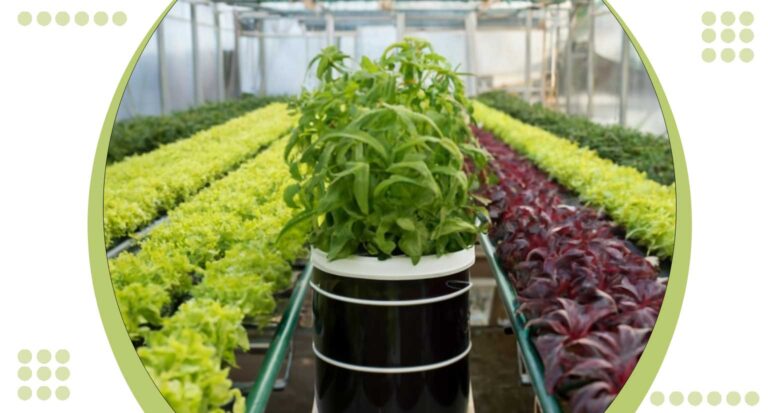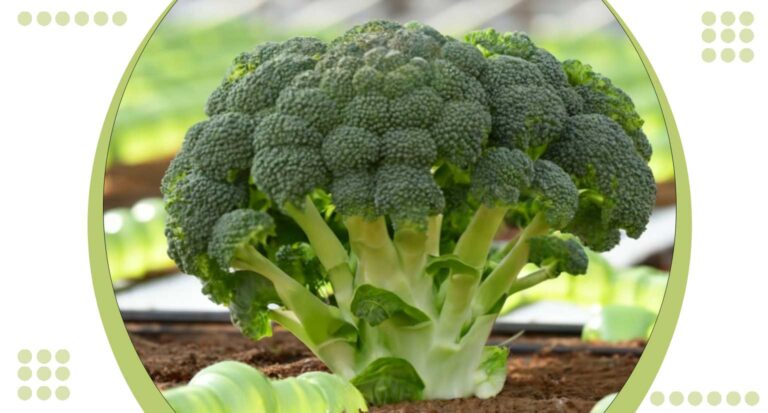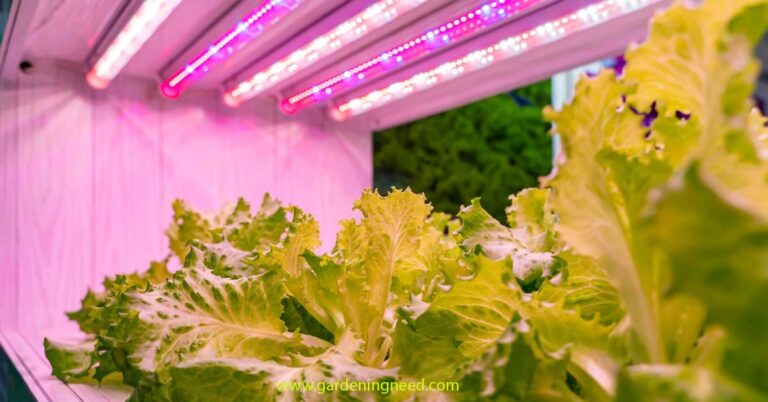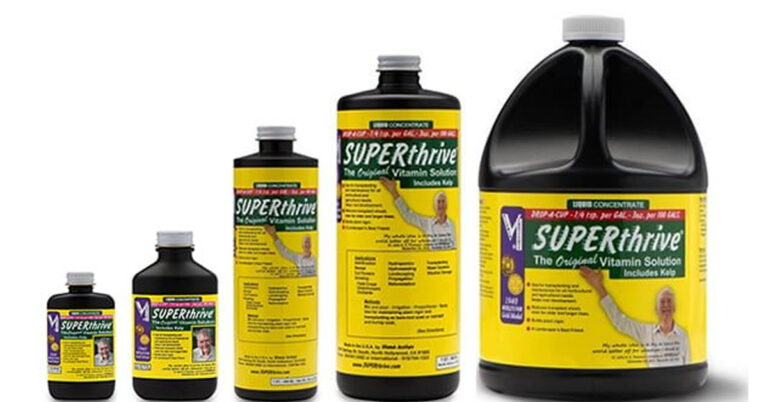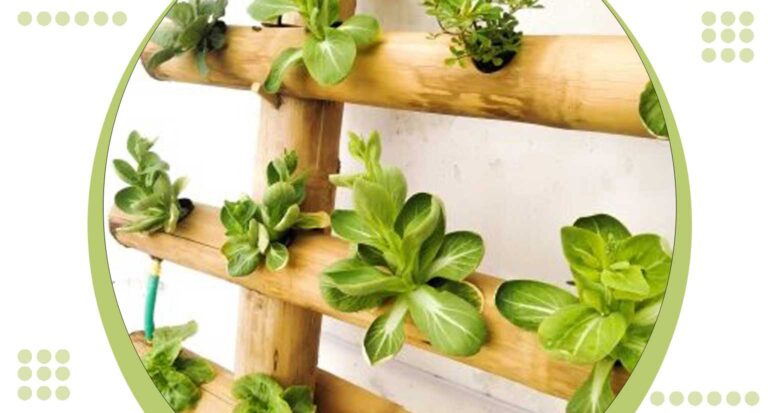Introducing Hydroponic Air Diffusers
Hydroponic Air Diffusers represents a remarkable leap in agricultural technology, ushering in a new era of efficient plant growth.
These devices work by dispersing air evenly in hydroponic systems, ensuring that plant roots get the necessary oxygen they need to thrive.
By creating a more optimal growing environment, they boost plant health and yield, making them an essential tool for any hydroponic grower or enthusiast.
Their use facilitates more sustainable and effective agricultural practices, signifying a step forward in our pursuit of food security and environmental sustainability.
What Are They and How Do They Work
Hydroponic Air Diffusers are devices specifically engineered to improve aeration in hydroponic farming systems.
They function by releasing tiny air bubbles into the water reservoir of a hydroponic system, where the plant roots reside.
These air bubbles carry vital oxygen, which is then absorbed by the plant roots, enhancing their respiration process and overall growth.
The air bubbles also help to keep the water temperature and nutrient mix uniform, fostering an ideal environment for plants to thrive.
The increased oxygen levels lead to healthier roots, which ultimately results in higher yields and more robust plants.
Benefits of Using a Hydroponic Air Diffuser
Using a Hydroponic Air Diffuser offers a multitude of benefits, worthy of consideration for any farmer or hobbyist.
Firstly, they significantly enhance plant growth and yield by ensuring that the plant roots receive sufficient oxygen.
Healthy roots translate to healthier and more productive plants. Furthermore, they help in maintaining a consistent water temperature and nutrient mix, critical factors for optimal plant growth.
This leads to less waste and more efficient use of resources, making them a cost-effective solution.
Additionally, Hydroponic Air Diffusers contribute to sustainable agriculture by reducing water and nutrient waste, thus minimizing the environmental impact.
Lastly, they are simple to install and easy to maintain, making them a practical choice for both beginners and seasoned hydroponic growers.
Tips for Installing and Setting Up Your Hydroponic Air Diffuser
Setting up your Hydroponic Air Diffuser properly has a significant impact on its performance and the health of your plants. Here are a few tips to get you started:
- Choose the Right Size: The size of the diffuser should align with the size of your system. A larger system may require a larger or multiple diffusers to ensure even air distribution.
- Position Correctly: Place the diffuser at the bottom of the reservoir to ensure optimal dispersion of air. This placement allows the bubbles to pass through the entire water column, providing maximum aeration.
- Check the Air Pump Compatibility: Your air pump needs to be compatible with the diffuser. A mismatch can lead to insufficient air output or a burnt-out pump.
- Clean Regularly: Over time, mineral deposits or algae can clog the diffuser. Cleaning it regularly ensures its longevity and efficiency.
- Monitor Performance: Keep an eye on your plants and the diffuser’s bubble output. If the plants seem unhealthy or the bubbles decrease, it may indicate a problem with the diffuser or pump.
Different Types of Hydroponic Air Diffusers and Which is Best for You
There are several types of Hydroponic Air Diffusers available on the market, each with its unique features catering to different needs.
- Ceramic Air Diffusers: These are made from porous clay, which allows for the release of fine air bubbles, ensuring optimum oxygen distribution. They are ideal for smaller systems due to their compact size.
- Flexible Air Diffusers: Made from flexible material, these can be bent and shaped according to the system’s size and shape. They are perfect for irregularly shaped or large systems where even air distribution is necessary.
- Air Stone Diffusers: Made from porous rock material, these diffusers produce extremely fine bubbles, leading to effective oxygen distribution. However, they can get clogged over time and may require regular cleaning.
- Micro-Pore Air Diffusers: These are made from a special type of rubber that releases very small bubbles, ensuring the best oxygen absorption by the plant roots. They are an excellent choice for larger systems due to their high output.
Maintenance Tips for Your Hydroponic Air Diffuser
Keeping your Hydroponic Air Diffuser in good condition is crucial for its optimal functioning and longevity. Here are some tips:
- Regular Cleaning: Over time, algae, mineral deposits, or dirt might accumulate on your diffuser, affecting its performance. Therefore, it’s important to clean it regularly with a soft brush and a mild cleaning solution.
- Avoid Dry Running: Always ensure that the diffuser is submerged in water when in use. Running it dry can lead to overheating and damage.
- Check for Wear and Tear: Regularly inspect your diffuser for any signs of wear and tear. If you notice a decrease in bubble output or uneven distribution of bubbles, it might be time to replace the diffuser.
- Optimal Placement: Avoid placing your diffuser near heated equipment or in direct sunlight, as extreme temperatures can damage it.
- Regular Performance Checks: Regularly observe your plants’ health and growth. If you notice any issu
Common Problems and Solutions with Hydroponic Air Diffusers
Even with the best care and maintenance, hydroponic air diffusers can sometimes run into problems. Here are some common issues and their solutions:
- Reduced Bubble Output: If you notice a decrease in the number of bubbles produced by the diffuser, it could be due to clogging. Clean the diffuser with a mild cleaning solution and a soft brush to remove any blockages. If the problem persists, it might be a sign of wear and tear, and you may need to replace the diffuser.
- Uneven Distribution of Bubbles: This issue may arise if the diffuser is not positioned correctly or if it’s too small for your system. Ensure the diffuser is placed at the bottom of the reservoir to allow the bubbles to pass through the entire water column. You may need to get a larger diffuser or use multiple diffusers for larger systems.
- Air Pump Compatibility Issues: If the air pump is not compatible with the diffuser, it can lead to insufficient air output or burn out the pump. Always ensure that your air pump and diffuser are compatible to avoid such issues.
- Algae Growth: Algae can thrive in nutrient-rich hydroponic systems and clog the diffuser. Regularly cleaning the diffuser and maintaining a balanced nutrient solution can prevent algae growth.
Conclusion
In conclusion, hydroponic air diffusers are a valuable asset to any hydroponic system, providing efficient aeration and contributing to sustainable agriculture.
The choice of diffuser should be dictated by the requirements of your specific system, with various options available to cater to different needs.
Their installation and setup are straightforward processes, though they require careful consideration in terms of sizing, positioning, and compatibility with your air pump.
Optimal performance can be maintained through regular cleaning, placement considerations, and routine checks for wear and tear.
Even common problems like reduced bubble output, uneven bubble distribution, pump compatibility issues, and algae growth can be readily addressed with the right knowledge and care.
Therefore, with an understanding of their functioning and maintenance, hydroponic air diffusers can significantly enhance the health and productivity of your hydroponic plants.


